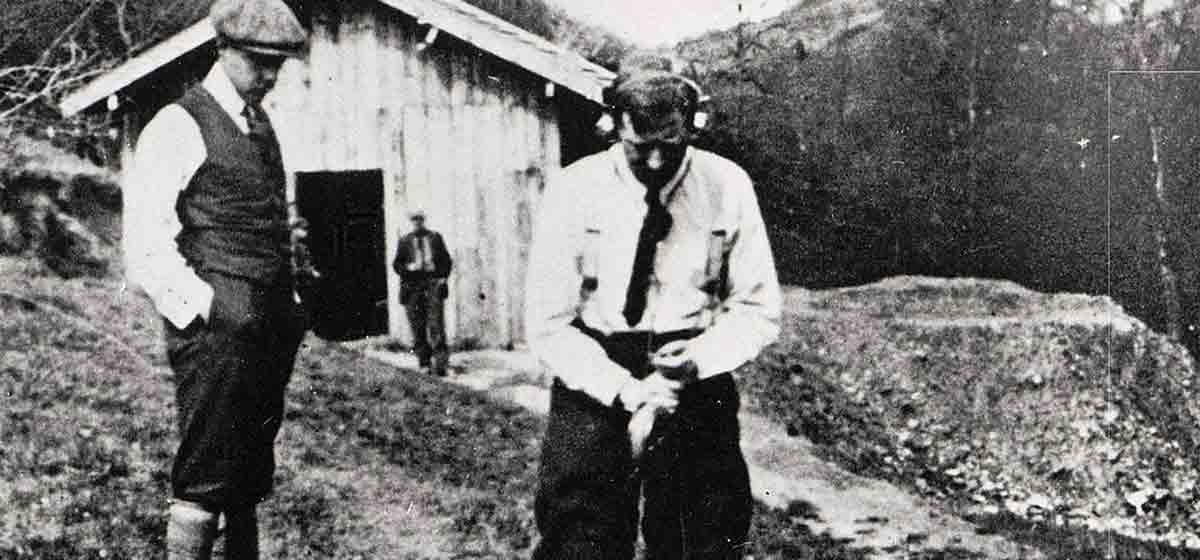1870–1910s
Every great legacy starts with a bold vision

The world’s first well logging company had its origins in the Alsace region on the French-German border, where Conrad Schlumberger (born 1878) and his brother Marcel (born 1884) grew up as part of a family of six children. Their father, Paul Schlumberger, came from a wealthy cotton-weaving family; their mother, Marguerite de Witt, was a political activist and campaigner for women’s rights. Conrad and Marcel both wanted to be scientists, and their father supported their ambition. The brothers were sent to Paris to further their education. Conrad became a physicist, graduating from the École Polytechnique in 1900 before studying at the École des Mines. Marcel became an engineer, graduating from the École Centrale Paris in 1907, when Conrad was appointed as a professor of physics at the École des Mines in Paris. Conrad took an early interest in earth sciences and developed a particular interest in prospecting for metal ore. He realized that metal ores should be distinguishable from their surroundings by measuring their electrical conductivity, as ore-bearing rock would be more conductive than what was around it. If an electric field could be generated below ground, voltage measurements at the surface could be mapped to show lines of equal potential—equipotential curves—which could then be compared with what would be expected if no ore were present. Any differences could indicate the presence of mineral deposits.
Now, he needed to put the theory to the test. In 1911, Conrad started tests on what was to become known as wireline logging, first in the lab and then out in the field.
In 1912, using very basic equipment, he recorded the first map of equipotential curves at his estate near Caen in Normandy before extending his surveys to iron mines in the area. The resulting mapping of equipotential curves not only confirmed the method’s ability to detect metal ores but also revealed features of the subsurface structure, such as bed boundaries and the direction of formation layer dips.
That Schlumberger’s technique could provide this extra information was highly significant, as it meant that it might be useful for locating subsurface structures that could form traps for minerals such as oil and gas.
However, progress was severely disrupted by World War I. Conrad served as an artillery officer from 1914–18 before returning to his research.
His family strongly supported his work. In 1919, his brother Marcel began working as a partner with Conrad, initially in Normandy. Meanwhile, their father, Paul, provided them with fresh funds to take the research further—on the condition that scientific gains must take precedence over financial benefits.
But Conrad had long been aware of the business potential of his research and had patented his discoveries in several countries while studying how his electrical prospecting method could be turned into an industrial application.
Over the next decade, the commercial potential started to realize.
| Year | Event |
| 1878 | Conrad Schlumberger born in Alsace |
| 1884 | Marcel Schlumberger born |
| 1910 | Conrad Schlumberger begins teaching at the École des Mines, Paris |
| 1912 | Conrad Schlumberger conceives the revolutionary idea of using electrical measurements to map subsurface rock bodies |
| 1919 | Marcel Schlumberger begins working with his brother Conrad |
